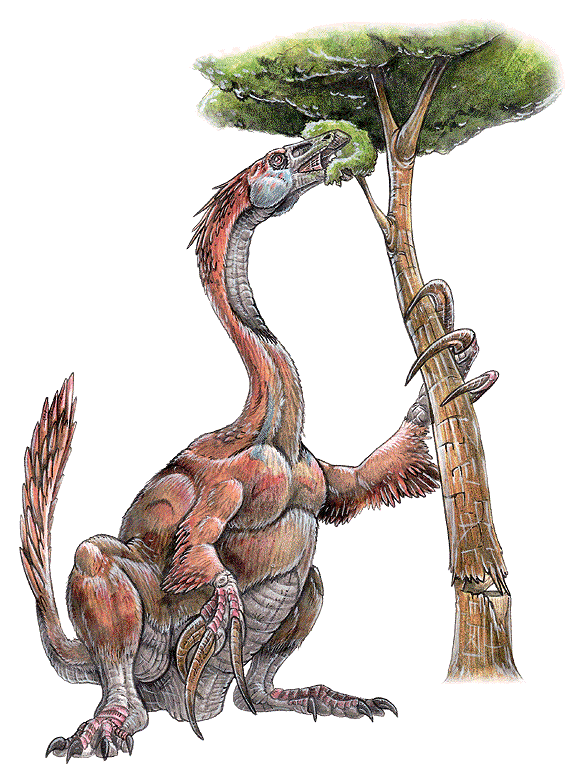“Scorpio”, which means “scorpion”, was the first species of the scorpion to be scientifically described by Linnaeus in 1758. ” Maurus”, the given name, is Latin for “obscure” or “dark”. The species is also known as the Israeli Gold Scorpion, the Large clawed Scorpion, and the less common Zerachia scorpion.
| Scientific Name | Scorpio maurus |
| Common Names | Large clawed scorpion, large claw scorpion, Israeli large claw scorpion, Israeli large clawed scorpion, Israeli Gold Scorpion, and Zerachia scorpion. |
| Species | S. maurus |
| Class | Arachnida |
| Order | Scorpiones |
| Family | Scorpionidae |
| Type | Burrowing |
| Size | 3 inches |
| Weight | Below 1-ounce (around 20 g) |
| Temperature | 26°C – 30°C |
| Humidity | 74-80% |
| Social Structure | Communal (but each individual has its own burrowing space) |
Habitat:
They are found in deep burrows in deserts and scant woodland on occasion. Dry forests and deserts are their native habitats. Due to its tendency to dig very shallow burrows (approximately one meter deep), the large clawed scorpion is frequently happiest under higher humidity levels when in captivity because deep sand will be damp, resulting in a very humid burrow.
Range:
They range from Northern Africa to the Middle East.
Appearance:
This Scorpionidae species is small or medium in size, measuring 3 inches (76 mm). The large clawed scorpion has a brown back and golden claws. They rarely sting, preferring to defend themselves with their strong claws.
Diet:
Large claw scorpions are insectivores and eat a variety of insects. They prefer to eat right-sized locusts, mealworms, or crickets.
Venom:
Large clawed scorpion venom possesses a variety of toxins, such as proteases, protease inhibitors, potassium channel toxins, and phospholipases. However, their venom has a mild neurotoxin known as maurotoxin. Large clawed scorpion venom typically causes slight pain and poses no threat to humans. There are no deaths recorded.
Large Clawed Scorpion Behavior:
Nervous and aggressive. is an excellent scorpion for intermediate owners due to its low potency venom. While it is reluctant to sting and pinch willingly.
Large Clawed Scorpion Breeding:
It seems difficult to breed in captivity because it requires the correct soil depth and moisture content.
Large Clawed Scorpion Housing:
- A glass or plastic tank that is at least four times the length of the scorpion.
- Give at least three inches of desert sand or dry peat or sand mixed with eco earth or cocoa fiber. The substrate is better for burrowing.
- The water bowl can be wide and shallow.
- Every 2 to 3 days, mist lightly.
- The scorpion could dig burrows if the surface of the substrate is dry and the bottom is damp.
- Additional hides could be made from bark or rocks.
Subspecies of Large Clawed Scorpion:
This scorpion has many subspecies, nineteen of which were identified by Fet et al. The hues of these distinct subspecies vary. The majority of them are yellow to red-brown, and their claw tips are typically a rich red-brown, while other subspecies, such as Scorpio maurus fuscus, are blackish or dark brown in color.
Color differences can sometimes be used to distinguish between the various subspecies. Although it is probable that some of the subspecies are true species, a full genus revision is required before any conclusions can be made.
| Subspecies | Described by | Year |
| Scorpio maurus maurus | Linnaeus | 1758 |
| Scorpio maurus palmatus(Israeli Golden Scorpion) | Ehrenberg | 1828 |
| Scorpio maurus fuscus(Israeli Black Scorpion) | Ehrenberg | 1829 |
| Scorpio maurus propinquus | Simon | 1872 |
| Scorpio maurus arabicus | Pocock | 1900 |
| Scorpio maurus townsendi | Pocock | 1900 |
| Scorpio maurus mogadorensis | Birula | 1910 |
| Scorpio maurus hesperus | Birula | 1910 |
| Scorpio maurus fuliginosus | Pallary | 1928 |
| Scorpio maurus yemmensis | Werner | 1929 |
| Scorpio maurus legionis | Werner | 1932 |
| Scorpio maurus occidentalis | Werner | 1936 |
| Scorpio maurus behringsi | Shenkel | 1949 |
| Scorpio maurus stemmli | Schenkel | 1949 |
| Scorpio maurus trarasensis | Bousisset & Larrouy | 1962 |
| Scorpio maurus birulai | Fet | 1997 |
Large Clawed Scorpion Conservation Status:
They are not on the IUCN Red List for endangered species.








